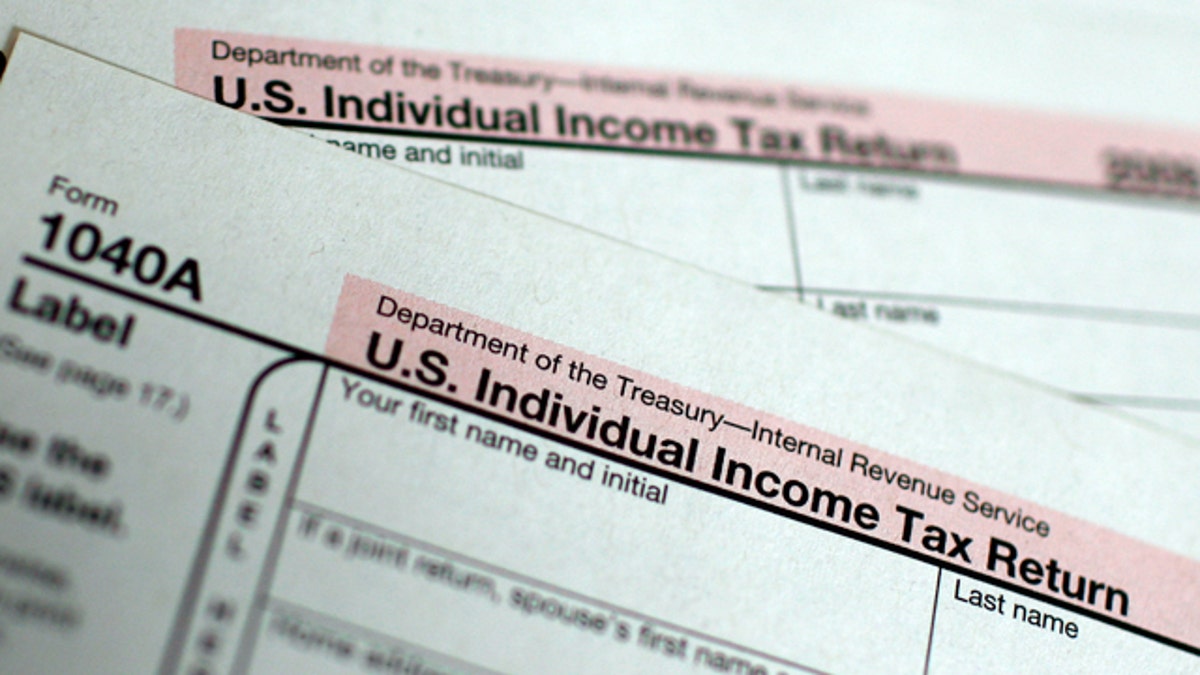
In this tax season, as Americans cobble together charitable receipts to maximize their tax deductions, the charitable world’s expert class is repeating a scary message: the new tax bill will lead to a sharp and tragic decline in charitable giving.
As the renowned Democrat politician Daniel Patrick Moynihan said, "Everyone is entitled to his own opinion, but not to his own facts." Here is a fact that hasn’t changed: Americans are the most generous givers on the planet. We give about two percent of our country’s total gross domestic product to charity each year; the next best countries are lucky to top one percent. This has been a fact for fifty years, through numerous tax-law changes. Anticipating a dramatic decline in philanthropy as a result of this bill puts little faith in the true intentions of American givers, who remain the most generous in the world. Let’s not lose hope now.
Much of the current concern centers on middle-class donors who previously might itemize but now could end up covered by the higher standard deduction. The claim is that this takes away the tax incentive for this group to give.
Yet people’s reasons for giving go beyond taxes. While two-thirds of Americans give to charity, only about a third of tax filers itemize, proving that many givers already lack the tax incentive. Further, modern giving may go to giving vehicles without any tax benefits such as crowdfunding, impact investing, and small-dollar cash donations (consider the more than $140 million that donors give to Salvation Army red kettles over the holidays).
My hunch is that people in the awkward zone between itemizing or taking the standard deduction will spend far more time contemplating the impact of their giving than whether they can save a few dollars on taxes by giving away four times as much as they save.
Charitable giving isn’t about financial return-on-investment. Rather, philanthropy aims to feed, connect, educate, train, build, advocate, and otherwise change the world.
My wife and I fall squarely in the tax arena that is worrying experts. We spend roughly zero seconds considering how much of our donation comes back to us at tax time. Perhaps we would have been financially richer had we traded donations for stock shares, but the handful of folks who found food at the Arlington Food Assistance Center because of our small donations wouldn’t have had as much. DC Central Kitchen might not have trained that one extra person. As head of finance at my church, I’m fully aware of what a falloff in tithing could do to our congregation’s mission.
Let’s consider what a donor gets for that tax deduction. Any rational economist will tell you giving away money to get a fraction returned to you (months later with no interest nonetheless) is a fools game. A middle-class donor in the 25 percent tax bracket gets around 25 cents back come tax time for every dollar given – if they itemize, of course.
A good homo economicus would suggest taking the money you give to charity and instead stash it away in a good index fund, thus keeping your dollars and earning you a quarter to boot. But charitable giving isn’t about financial return-on-investment. Rather, philanthropy aims to feed, connect, educate, train, build, advocate, and otherwise change the world. This immeasurable positive impact of our collective charitable action offers its own worthwhile ROI.
Rather than panic, non-profit organizations should tell their stories more boldly, reminding donors of the positive work they do for the community and asking for contributions with pride. The tax benefit of giving may still be a bullet point in their literature, but it shouldn’t be at the top.
Donors to the more than 1.5 million registered charities in the United States need to keep their part of the deal too. We need to keep giving – and give more – to help move the needle toward a better world.
Donors don’t have to completely abandon the tax benefits, either. For those on that itemization bubble, tools such as donor-advised funds allow donors to “clump” the tax benefits of giving into one year, but then make grants over time, keeping one’s giving level year to year.
Yes, the tax bill will adjust donor behavior at the margin, but not with the dire effects predicted by some analysts. Rather than fear-monger, let’s use this moment to celebrate and encourage the positive impact our charitable giving can have. That would change philanthropy in a way that would benefit everyone.
